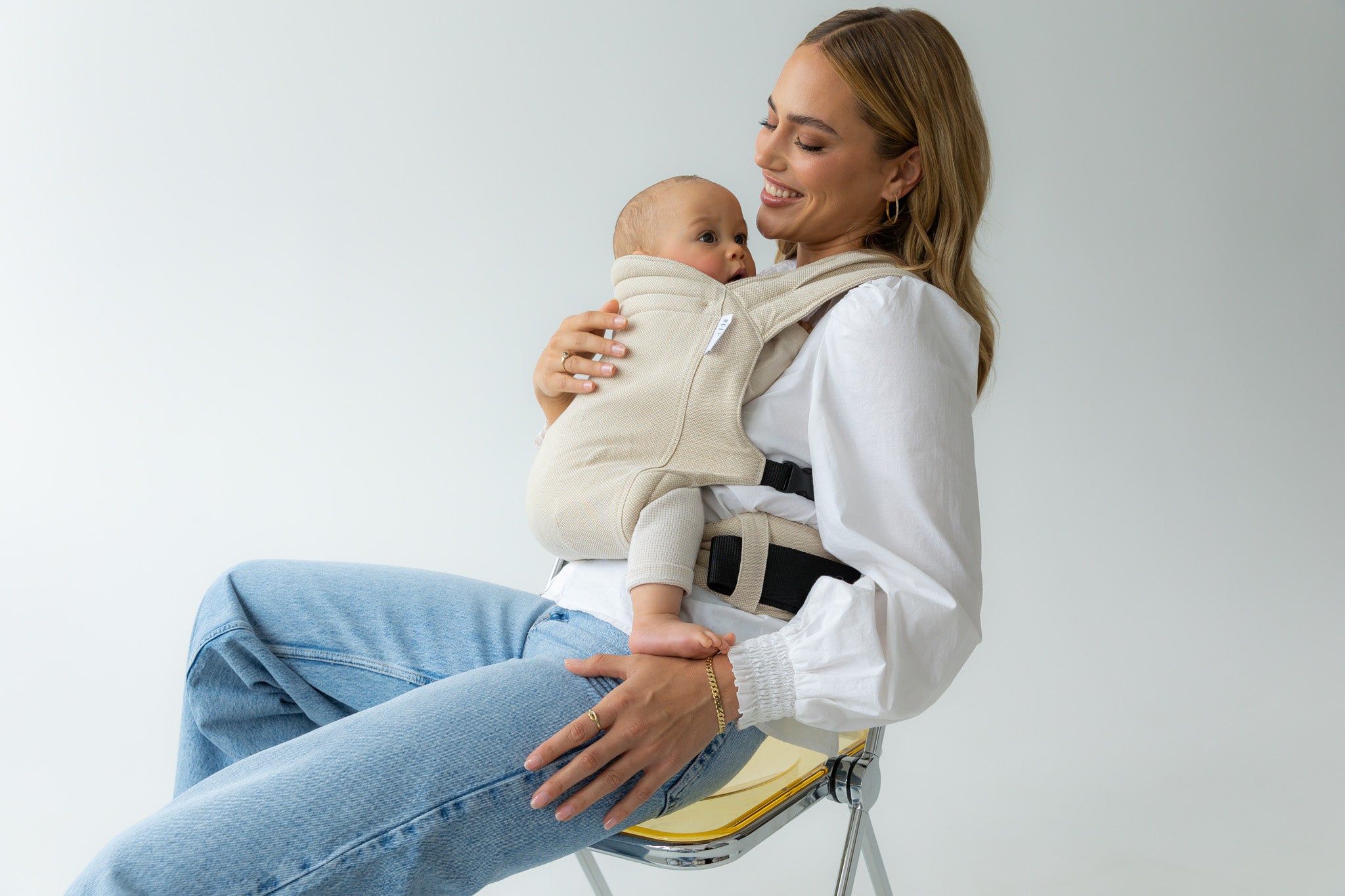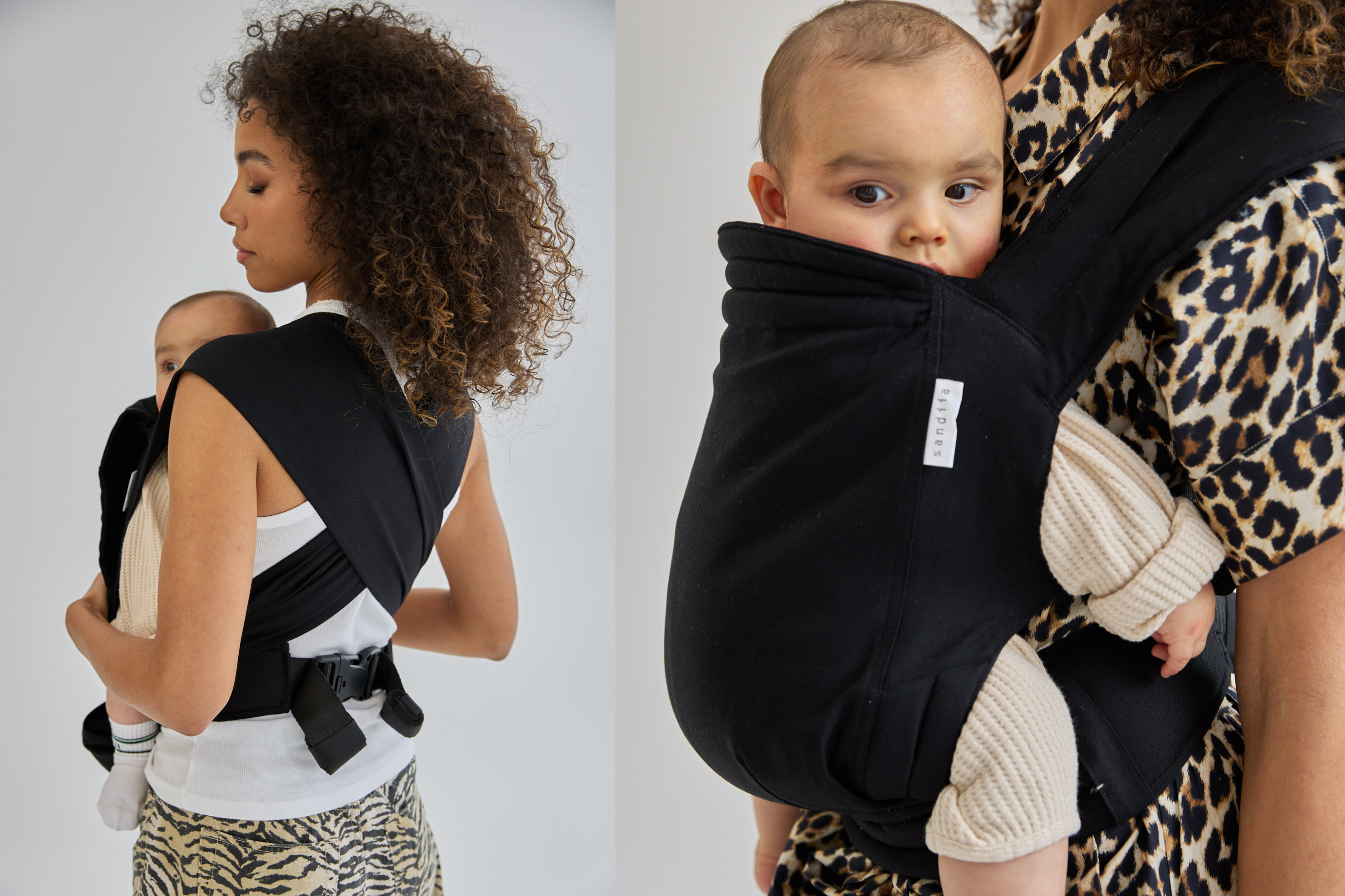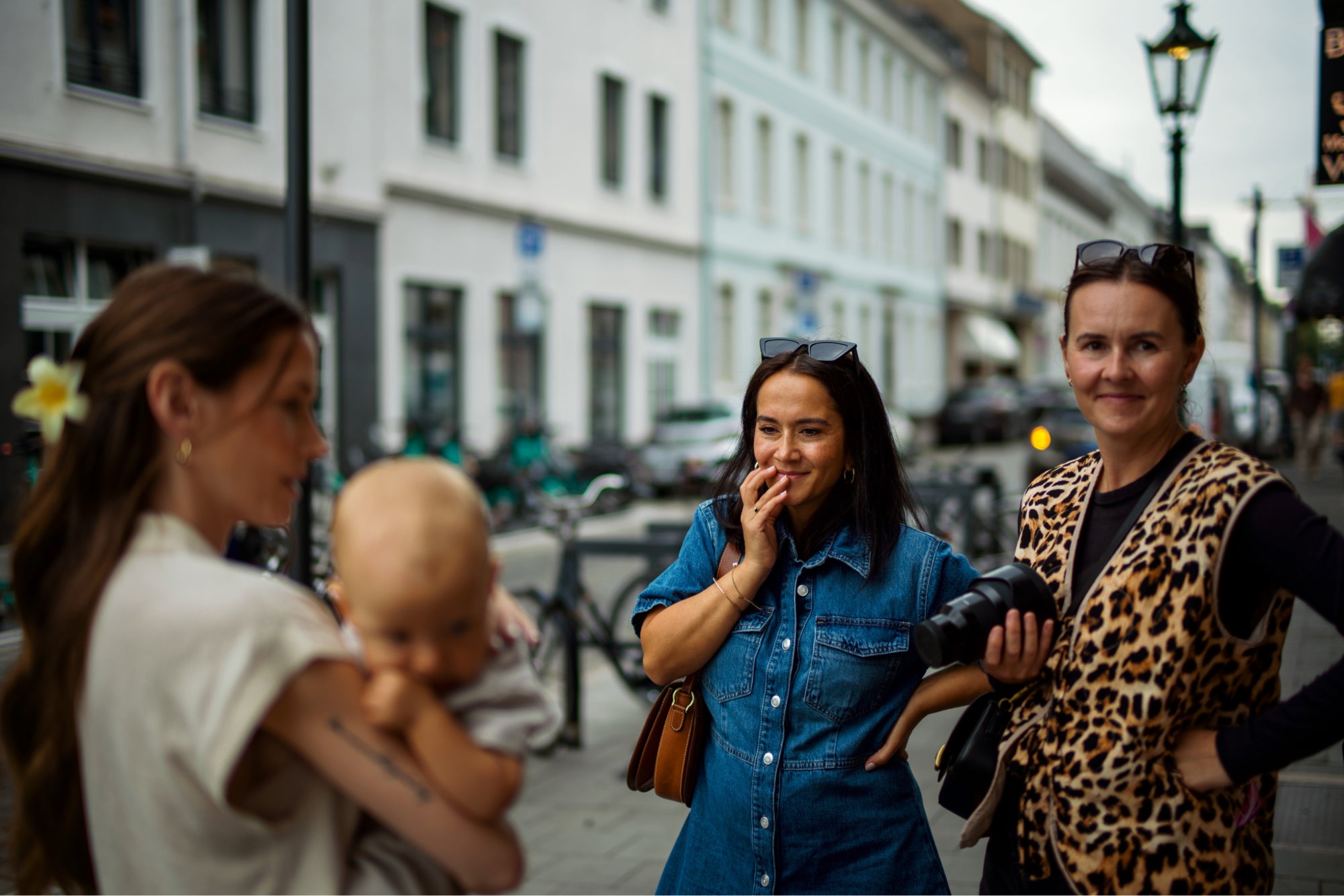
What are Co2 nests and what can I do about them?
When it comes to the well-being of our babies, parents face numerous challenges. One of them is ensuring adequate ventilation, especially when we carry our little ones in baby carriers.
If you carry your child a lot, you have probably been asked by (strangers) whether the child can even breathe in the carrier.
In this blog post we will look at the phenomenon of "CO2 nests" in baby carriers and how you can ensure that your baby always breathes fresh air.
What are CO2 nests in baby carriers?
The term "CO2 nests" refers to the situation where the air inside the baby carrier accumulates and the baby inhales an increased level of CO2. This can cause the baby to feel uncomfortable and even lead to dangerous situations if not addressed in time.
Why does this occur?
CO2 nests can occur for various reasons:
-
Lack of ventilation : Some baby carriers are designed to completely enclose the baby to provide safety and security, but this can also result in restricted air circulation.
-
Weather conditions : During warmer months, the combination of wearing a baby carrier and direct sunlight can cause excessive heating, which heats the air inside the carrier.
-
Incorrect position : Incorrect positioning of the baby in the carrier can cause his face to be too close to your body, which means the baby's breathing air is not exchanged sufficiently.
How can you avoid CO2 nests?
The good news is that there are some simple steps you can take to ensure your baby is always adequately ventilated:
-
Learn how to carry your baby correctly : Learn how to position your baby correctly in the baby carrier. Make sure that his face is always free and not enclosed in your clothing or the fabric of the carrier. Feel free to book an appointment with our babywearing consultants: https://sandiia.de/pages/trageberatung
-
Choosing the right baby carrier : When buying a baby carrier, make sure it offers good ventilation.
-
Choose the right time : Try to go for a walk during the cooler hours of the day to avoid overheating and excessive sweating.
-
Adjust clothing : Make sure your baby is dressed appropriately. Too many layers can cause overheating, while clothes that are too thin can make the baby cold.
-
Take regular breaks : When taking long walks, take regular breaks to take your baby out of the carrier and let him or her get some fresh air.
-
Pay attention to your baby's signals : Watch your baby carefully and look for any signs of discomfort. If your baby becomes restless or appears to be having difficulty breathing, take him or her out of the carrier immediately.
Conclusion
CO2 nests in baby carriers are a major concern that should not be overlooked. Your baby's safety and well-being come first. By taking the right measures to ensure adequate ventilation and minimize heat buildup, you can help ensure your baby is always breathing fresh air and is comfortable in their baby carrier. Enjoy the time you spend with your baby in the carrier and don't worry about CO2 nests as long as you take the necessary precautions.


